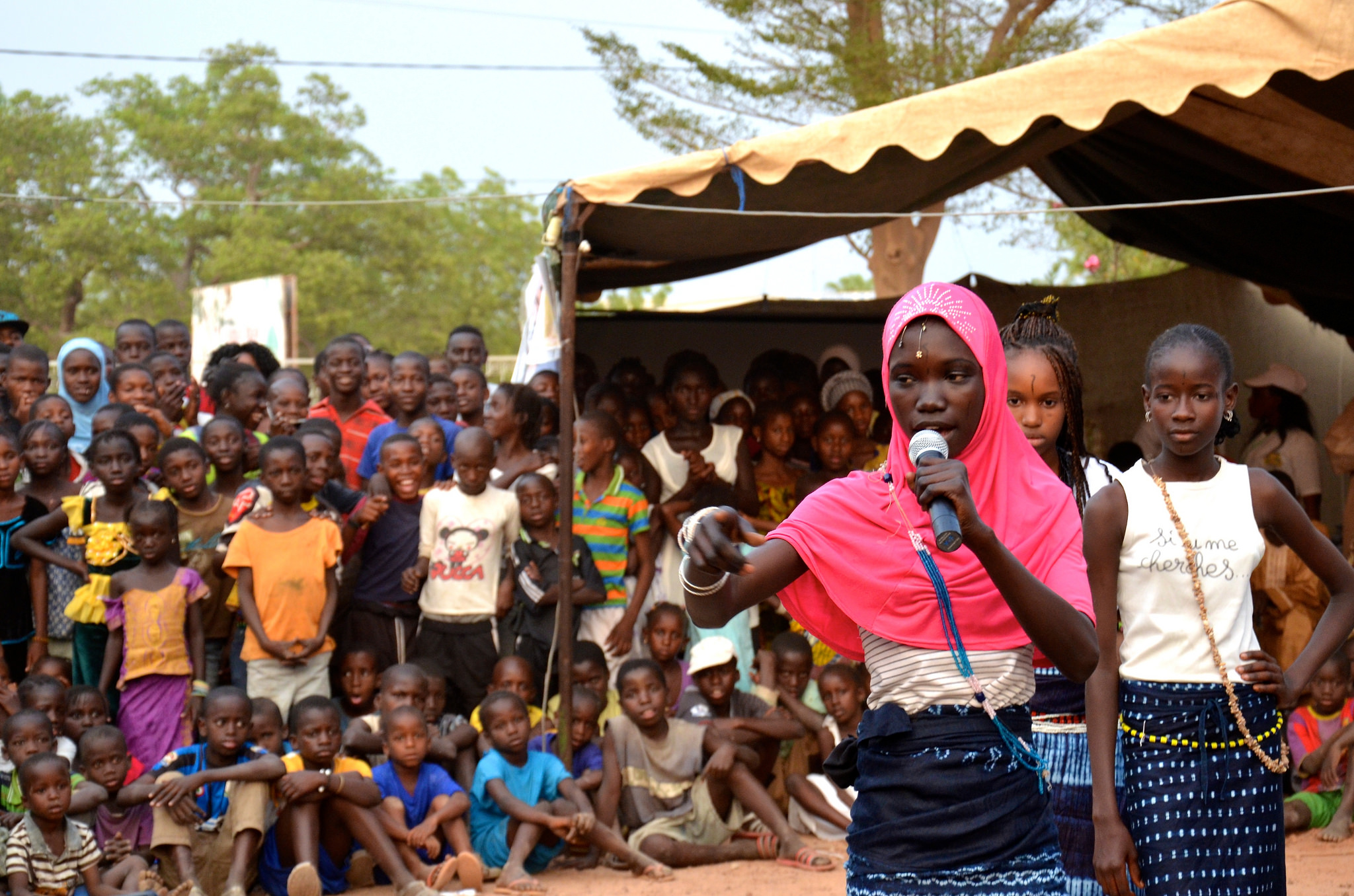
Overview of Youth Engagement
Increasingly, key actors in the development community have recognized the importance of meaningful youth engagement in designing, implementing, and evaluating programs and policies that affect them. A guiding principle in the USAID Youth in Development Policy is to “recognize that youth participation is vital for effective programs.” While considered good practice and supported by anecdotal evidence, there is insufficient rigorous evidence that youth engagement leads to improved program outcomes.
What is youth engagement?
The YouthPower Learning Community of Practice on Youth Engagement has developed a comprehensive definition of meaningful youth engagement:
“Meaningful youth engagement is an inclusive, intentional, mutually-respectful partnership between youth and adults whereby power is shared, respective contributions are valued, and young people's ideas, perspectives, skills and strengths are integrated into the design and delivery of programs, strategies, policies, funding mechanisms and organizations that affect their lives and their communities, countries and globally.
Meaningful youth engagement recognizes and seeks to change the power structures that prevent young people from being considered experts in regard to their own needs and priorities, while also building their leadership capacities. Youth includes a full spectrum of the population aged 10-29 regardless of socioeconomic status, ethnic identity, sexual orientation and gender identity, disability, political affiliation, or physical location.”
Why is youth engagement important?
Evidence has shown that it is beneficial to engage youth in all phases of a program cycle. Involving youth in design, implementation and evaluation activities can lead to more effective and appropriate programming by improving impact, retention and sustainability. In addition, engaging them in various stages of the data collection process can increase their agency while also ensuring the validity of the data collected. Through meaningful engagement, youth are empowered to play a vital role in their own development as well as in that of their communities. Within the context of programming, active participation by youth in decision-making processes pertaining to the design, provision and delivery of services can help to respond to and meet their needs.




